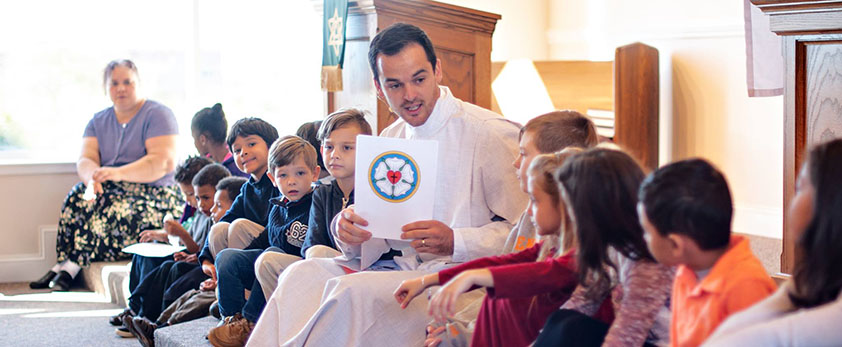Home Missions History
1929: WELS serves primarily German immigrants with congregations in twelve states, mostly in the Midwest.
1950: There are no WELS churches east of Michigan and Ohio or south of Nebraska and Colorado (besides the Apache reservations in Arizona).
1953: Home Missions separates from World Missions in synod convention and becomes its own area of ministry.
1961: WELS has congregations in 16 states after splitting with the Lutheran Church–Missouri Synod.
1963: WELS calls the first full-time Home Missions administrator equivalent.
1965: WELS members rally behind the Board for Home Missions’ call to be in “Every State by ‘78”.
1983: WELS achieves its goal of having churches in every state.
1980s: Multi-cultural work through Home Missions is studied and launched. Today, approximately 20-30% of Home Missions’ budget supports multi-cultural ministry.
2000s: Due to synod financial struggles, Home Missions offers short-term enhancements to existing ministries who need temporary financial support rather than start brand new home mission churches.
2004: The Joint Mission Council is created to allow Home and World Missions to work together in multi-cultural situations, especially where immigrants who have joined our fellowship in North America are able to take the gospel back to friends and family in their country of origin
2013: The Board for Home Missions approves 16 new home missions: 12 new starts, 1 restart, and 3 enhancements.
2018: The Board for Home Missions approves 10 new starts, 5 enhancements, and 2 restarts, thanks in part to a $1 million special grant from WELS Church Extension Fund, Inc. (CEF).
2021: The Board for Home Missions approves financial support for home mission churches in seven new locations. Synod convention delegates approved an ambitious new goal that allows WELS Home Missions to plant 100 new home mission churches and enhance 75 existing ministries from 2023-2033.
2022: The Board for Home Missions approves 12 new mission starts and enhancements.
2023: WELS Home Missions approves 15 new home mission starts and enhancements in March and five more in September. They also approved 10 new mission enhancements throughout the course of the year. These are the first missions approved towards our synod’s goal of starting 100 missions and enhancing 75 ministries from 2023-2033.
Today: Home Missions supports 145 home mission congregations in 38 states, Canada, and English-speaking West Indies and financially supports 40+ campus ministry programs.
SUPPORT HOME MISSIONS
Consider supporting WELS Home Missions with your prayers and gifts.
PICTURES OF HOME MISSIONS
Browse through and share pictures of Home Missions.


